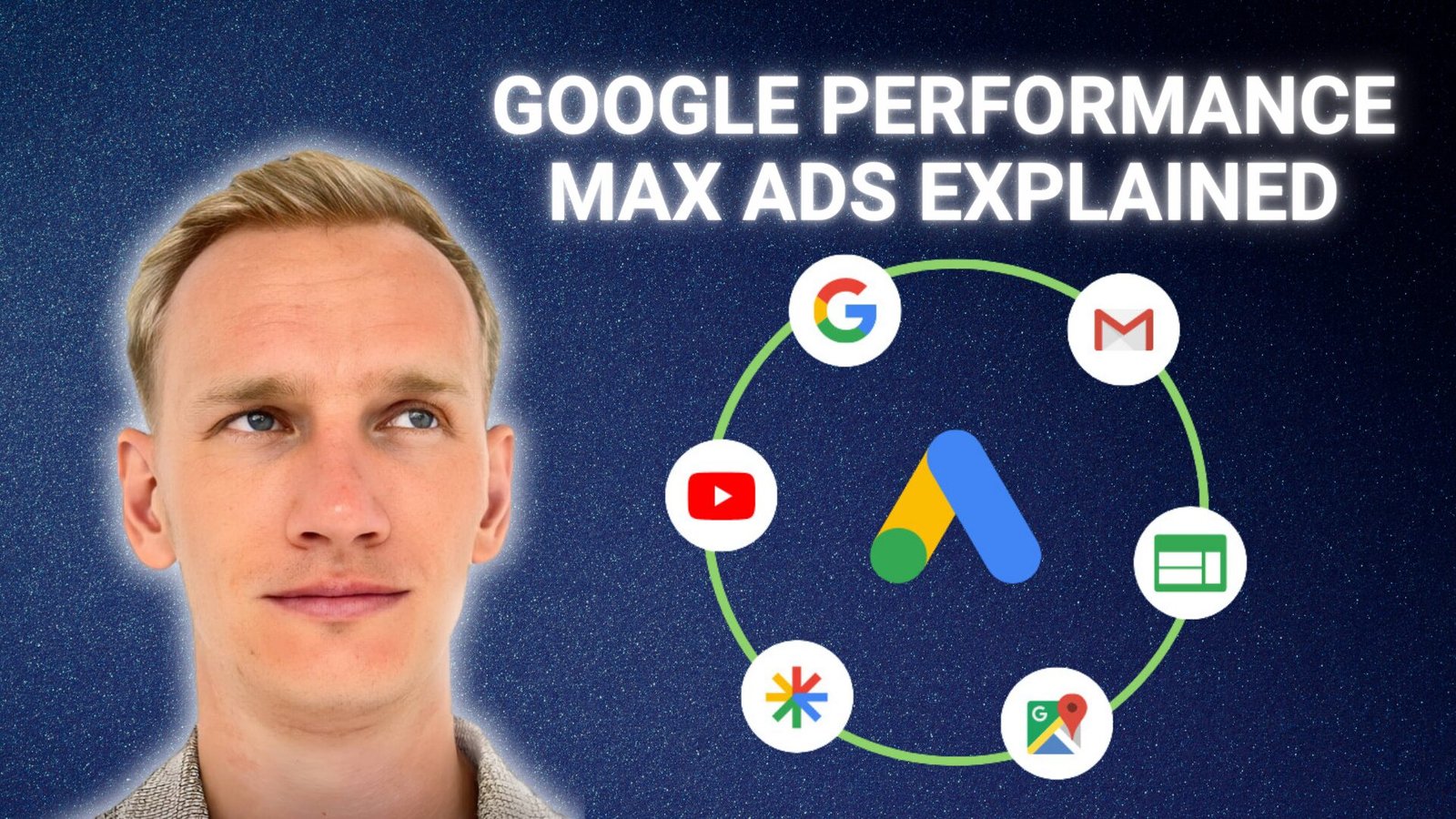Google’s Performance Max (PMax) campaigns are an advanced form of ad automation, combining all of Google’s advertising channels—Search, Display, YouTube, and Shopping—into one unified campaign. If you’re managing Google Ads and want to scale efficiently, learning how Performance Max operates is crucial for maximizing your return on ad spend (ROAS) and overall campaign effectiveness.
What is Performance Max?
Performance Max is designed to help advertisers reach potential customers across all Google platforms using machine learning. Think of it as a campaign that optimizes your ads based on specific goals you set, such as conversion value or cost-per-acquisition (CPA), with limited manual input. It’s highly automated, leveraging data to target audiences and place ads across all Google’s properties including:
- Search
- YouTube
- Display
- Discover
- Gmail
- Maps
In contrast to traditional Google Ads campaigns, which allow for more direct control through keywords and manual bidding strategies, PMax relies heavily on data inputs like conversion history and audience signals. This shift means it’s no longer keyword-based but audience-focused, allowing Google to identify new users who might convert based on previous data.
Key Components of Performance Max
Performance Max operates differently from traditional ad campaigns. Here are some essential elements to understand:
Conversion-based Bidding: PMax campaigns require the use of conversion-based strategies like Maximize Conversions or Maximize Conversion Value from the start. This means that Google uses existing conversion data to predict and target users most likely to convert.
Audience Signals: Rather than targeting keywords, PMax uses audience signals to guide Google’s algorithm in identifying potential customers. Signals can include demographics, browsing history, or past interactions with your brand. However, it’s important to remember that audience signals are not rigid targets—they’re just a starting point for Google’s machine learning system to find similar users.
Asset Groups: These are the equivalent of ad groups in traditional campaigns. Asset groups contain all the creative elements for your ads, such as text, images, and videos, as well as the audience signals for targeting. Structuring these groups based on product categories or themes is essential for delivering relevant ads to the right audience.
Why Performance Max Works
Performance Max offers many benefits when executed correctly:
- Cross-channel Reach: It expands your advertising reach across multiple Google networks automatically, optimizing for the best-performing channels.
- Smart Automation: By harnessing Google’s machine learning, PMax refines ad delivery and learns which audience groups are most likely to convert, saving you time and effort.
- Improved Performance: When you’ve set up your campaign correctly, PMax can drive better results by targeting users with high intent and matching them with the right ad creative.
When and How to Use Performance Max
To ensure the success of your Performance Max campaigns, you need to consider the following:
Solid Conversion Data: Your account should have at least 30 conversions per month before launching a PMax campaign. Without sufficient conversion data, Google’s algorithm will struggle to find relevant audiences, which could lead to wasted spend.
Existing Successful Campaigns: Ensure that you already have at least one other campaign (e.g., Search or Shopping) running on a conversion-based strategy before incorporating PMax. This way, you’ll have a strong foundation for Performance Max to build on.
Adequate Budget: PMax requires a daily budget that corresponds with your average cost-per-conversion. For example, if your CPA is $20, your daily budget should be at least $20. Google needs enough data to optimize effectively, and underfunding your campaign can limit its success.
Common Mistakes to Avoid
- Insufficient Conversion Data: Launching a Performance Max campaign without enough conversion data will cause the algorithm to guess, potentially wasting your ad spend.
- Over-segmentation: Many advertisers create too many asset groups or campaigns, which dilutes the data available for machine learning. Consolidating campaigns and focusing on asset group structure can improve overall performance.
- Poor Audience Signals: Using overly broad or irrelevant audience signals can lead to underwhelming results. Make sure your audience signals are well-thought-out, and refine them as the campaign evolves.
Conclusion
Performance Max campaigns are a powerful tool in the Google Ads ecosystem, allowing advertisers to reach broader audiences and optimize for conversions. However, it’s crucial to use PMax with the right data and structure. With solid conversion data, properly built audience signals, and effective asset groupings, Performance Max can significantly improve your Google Ads performance and help you scale your business.
By following these guidelines and continually monitoring your campaigns, you can make the most out of Performance Max and ensure your marketing budget is being spent on driving meaningful conversions.

